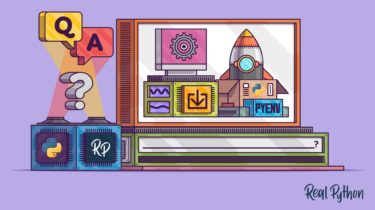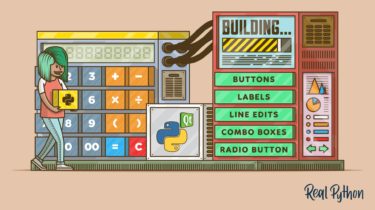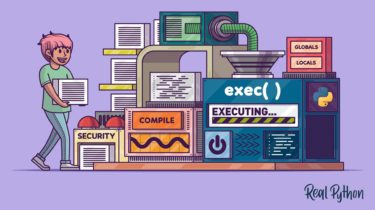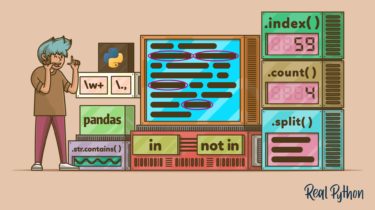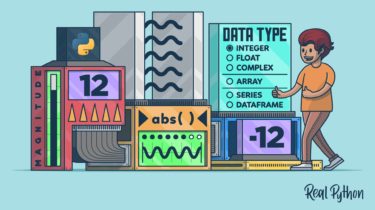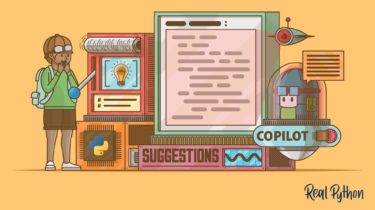How Can You Install a Pre-Release Version of Python?
The Python language is in constant development. A new version is released annually in October to great fanfare. Before these stable releases, you can preview the new features by installing a pre-release of Python. Volunteers worldwide work on developing Python by updating the documentation, reporting issues, suggesting and discussing improvements, fixing bugs, and implementing new features. You can join this work and contribute to the efforts. The best way to start getting involved in the development of Python is to […]
Read more